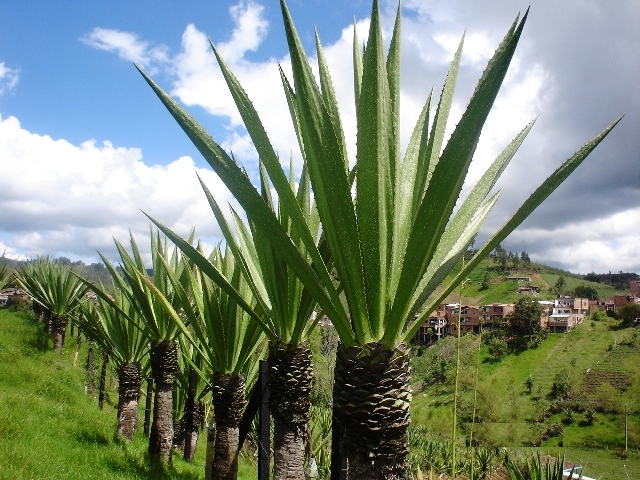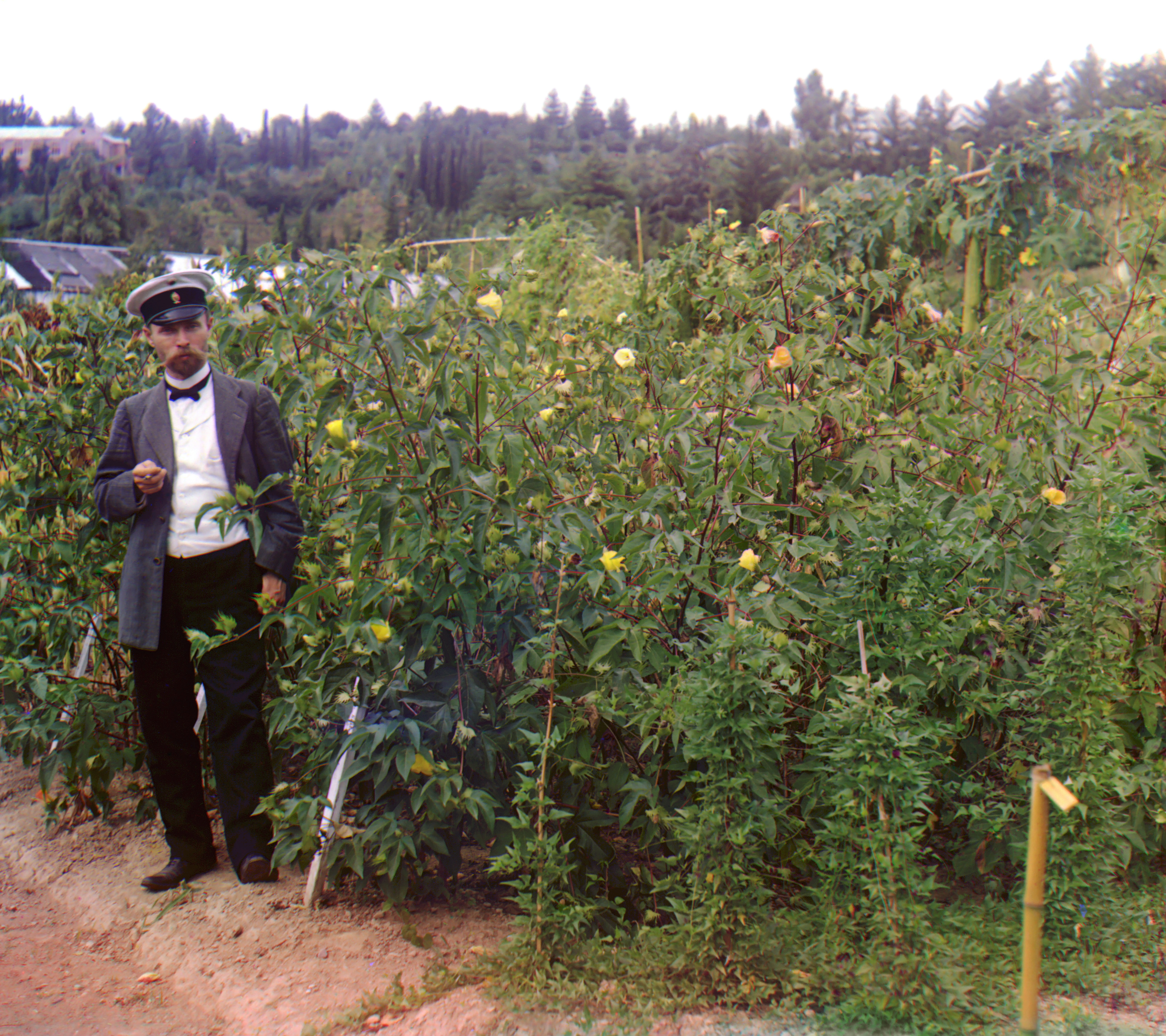|
Agostino Todaro
Agostino Todaro (14 January 1818 – 18 April 1892) was an Italian botanist. He was born and died in Palermo, Italy. He was a professor of botany and became the director of the botanical gardens in Palermo. He published the ''Hortus Botanicus Panormitanus'' in 1876–1878. In 1843, botanist Filippo Parlatore published '' Todaroa'', which is a genus of flowering plants from the Canary Islands, belonging to the family Apiaceae. It just contains one known species, Todaroa aurea , and it is named after Agostino Todaro. The standard botanical author abbreviation Tod. is applied to species he described. Main works''Orchideae siculae sive enumeratio orchidearum in Sicilia hucusque detectarum'', Ex Empedoclea Officina, Panormi 1842 *''Rapporto della Commissione per l'imboschimento e censuazione di Monte Pellegrino'', con G. Schiro, Lima, Palermo 1851. ''Nuovi generi e nuove specie di piante coltivate nel Real Orto Botanico di Palermo'', Pagando e Piola, Palermo 1858 *''Relazione sui ... [...More Info...] [...Related Items...] OR: [Wikipedia] [Google] [Baidu] |
Orto Botanico Di Palermo
The Orto Botanico di Palermo (''Palermo Botanical Garden'') is both a botanical garden and a research and educational institution of the Department of Botany of the University of Palermo. The garden lies within the city of Palermo, Italy at above sea-level. It covers about on top of red soil that has evolved on a limestone tuff substratum. Brief history The earliest beginnings of the gardens go back to 1779, when the ''Accademia dei Regi Studi'' created the chair of " Botany and medicinal properties". A modest plot of land was allocated to develop a small botanical garden dedicated to the cultivation of plants with medicinal benefits, for the twin objectives of general learning and improving public health. Initially a site near Porta Carini utilized a site of the former fortified bastions facing the seaside from the walls of the city. These bastions were demolished in 1774-1778 under the praetorship of Antonino La Grua Talamanca, marchese de Regalmici, and later Prin ... [...More Info...] [...Related Items...] OR: [Wikipedia] [Google] [Baidu] |
Apiaceae
Apiaceae or Umbelliferae is a family of mostly aromatic flowering plants named after the type genus '' Apium'' and commonly known as the celery, carrot or parsley family, or simply as umbellifers. It is the 16th-largest family of flowering plants, with more than 3,700 species in 434 generaStevens, P.F. (2001 onwards)Angiosperm Phylogeny Website Version 9, June 2008. including such well-known and economically important plants as ajwain, angelica, anise, asafoetida, caraway, carrot, celery, chervil, coriander, cumin, dill, fennel, lovage, cow parsley, parsley, parsnip and sea holly, as well as silphium, a plant whose identity is unclear and which may be extinct. The family Apiaceae includes a significant number of phototoxic species, such as giant hogweed, and a smaller number of highly poisonous species, such as poison hemlock, water hemlock, spotted cowbane, fool's parsley, and various species of water dropwort. Description Most Apiaceae are annual, bi ... [...More Info...] [...Related Items...] OR: [Wikipedia] [Google] [Baidu] |
Botanists With Author Abbreviations
This is a list of botanists who have Wikipedia articles, in alphabetical order by surname. The List of botanists by author abbreviation is mostly a list of plant taxonomists because an author receives a standard abbreviation only when that author originates a new plant name. Botany is one of the few sciences which can boast, since the Middle Ages, of a substantial participation by women. A * Erik Acharius * Julián Acuña Galé *Johann Friedrich Adam * Carl Adolph Agardh * Jacob Georg Agardh * Nikolaus Ager * William Aiton * Frédéric-Louis Allamand *Carlo Allioni * Prospero Alpini * Benjamin Alvord * Adeline Ames * Eliza Frances Andrews * Agnes Arber * Giovanni Arcangeli *David Ashton * William Guybon Atherstone * Anna Atkins *Daniel E. Atha *Armen Takhtajan B * Ernest Brown Babcock * Churchill Babington * Curt Backeberg * James Eustace Bagnall * Jacob Whitman Bailey *Liberty Hyde Bailey * Ibn al-Baitar * Giovanni Battista Balbis * John Hutton Balfour *Joseph Bank ... [...More Info...] [...Related Items...] OR: [Wikipedia] [Google] [Baidu] |
Scientists From Palermo
A scientist is a person who conducts scientific research to advance knowledge in an area of the natural sciences. In classical antiquity, there was no real ancient analog of a modern scientist. Instead, philosophers engaged in the philosophical study of nature called natural philosophy, a precursor of natural science. Though Thales (circa 624-545 BC) was arguably the first scientist for describing how cosmic events may be seen as natural, not necessarily caused by gods,Frank N. Magill''The Ancient World: Dictionary of World Biography'', Volume 1 Routledge, 2003 it was not until the 19th century that the term ''scientist'' came into regular use after it was coined by the theologian, philosopher, and historian of science William Whewell in 1833. In modern times, many scientists have advanced degrees in an area of science and pursue careers in various sectors of the economy such as academia, industry, government, and nonprofit environments.'''' History ... [...More Info...] [...Related Items...] OR: [Wikipedia] [Google] [Baidu] |
19th-century Italian Botanists
The 19th (nineteenth) century began on 1 January 1801 ( MDCCCI), and ended on 31 December 1900 ( MCM). The 19th century was the ninth century of the 2nd millennium. The 19th century was characterized by vast social upheaval. Slavery was abolished in much of Europe and the Americas. The First Industrial Revolution, though it began in the late 18th century, expanding beyond its British homeland for the first time during this century, particularly remaking the economies and societies of the Low Countries, the Rhineland, Northern Italy, and the Northeastern United States. A few decades later, the Second Industrial Revolution led to ever more massive urbanization and much higher levels of productivity, profit, and prosperity, a pattern that continued into the 20th century. The Islamic gunpowder empires fell into decline and European imperialism brought much of South Asia, Southeast Asia, and almost all of Africa under colonial rule. It was also marked by the collapse of the la ... [...More Info...] [...Related Items...] OR: [Wikipedia] [Google] [Baidu] |
Vincenzo Tineo
Vincenzo Tineo (Militello in Val di Catania, 27 February 1791 – Palermo, 25 July 1856) was an Italian Botanist. From 1814 to 1856 he was the director of the Palermo Botanical Garden. This botanist is denoted by the author abbreviation Tineo when citing a botanical name. Works *Tineo, V. Catalogus Plantarum Horti Regii Panormitani (Palermo) ad annum 1827. Panormi, ex Regali Typographia, 1827. *Tineo, V.: Le reliquie Tineane: florae siculae icones ineditae di Vincenzo Tineo / cura diFranco Maria Raimondo. – Palermo, Ed. Naturama, 2000. References External links *http://brimsa.huh.harvard.edu/cms-wb/botanists.jsp?id=101510 {{DEFAULTSORT:Tineo, Vincenzo 1791 births 1856 deaths People from Militello in Val di Catania Botanists with author abbreviations 19th-century Italian botanists Scientists from Sicily ... [...More Info...] [...Related Items...] OR: [Wikipedia] [Google] [Baidu] |
Fourcroya
''Furcraea'' is a genus of succulent plants belonging to the family Asparagaceae, native to tropical regions of Mexico, the Caribbean, Central America and northern South America. Some species are also naturalized in parts of Africa, the United States (Florida), Portugal, Thailand, India, and Australia, as well as on various oceanic islands.García-Mendoza, A. 2000. Revisión taxonómica de las especies arborescentes de ''Furcraea'' (Agavaceae) en México y Guatemala. Bol. Soc. Bot. México 66: 113–129 They are xerophytic monocots. Plants of this genus are the origin of fique or ''cabuyo'', a natural fiber. Species See also *Fique Fique is a natural fibre that grows in the leaves of plants in the genus '' Furcraea''. Common names include fique, cabuya, pita, penca, penco, maguey, cabui, chuchao and coquiza. History The Indigenous peoples of the Americas extracted and use ... References Germplasm Resources Information Network: ''Furcraea'' [...More Info...] [...Related Items...] OR: [Wikipedia] [Google] [Baidu] |
Gossypium
''Gossypium'' () is a genus of flowering plants in the tribe Gossypieae of the mallow family, Malvaceae, from which cotton is harvested. It is native to tropical and subtropical regions of the Old and New Worlds. There are about 50 ''Gossypium'' species, making it the largest genus in the tribe Gossypieae, and new species continue to be discovered. The name of the genus is derived from the Arabic word ''goz'', which refers to a soft substance. Cotton is the primary natural fibre used by humans today, amounting to about 80% of world natural fibre production. Where cotton is cultivated, it is a major oilseed crop and a main protein source for animal feed. Cotton is thus of great importance for agriculture, industry and trade, especially for tropical and subtropical countries in Africa, South America and Asia. Consequently, the genus ''Gossypium'' has long attracted the attention of scientists. The origin of the genus ''Gossypium'' is dated to around 5–10 million years ... [...More Info...] [...Related Items...] OR: [Wikipedia] [Google] [Baidu] |
Monte Pellegrino
Mount Pellegrino is a hill facing east on the bay of Palermo, Sicily, southern Italy, located north of the city. It is 606 metres (1,970 ft) high with panorama views of the city, its surrounding mountains and the Tyrrhenian Sea. In his book ''Travels in Italy'', Goethe described Monte Pellegrino as the most beautiful promontory in the world. The mountain is home to the Santuario di Santa Rosalia, venerating a patron saint of Palermo. Separate is a seashore facing belvedere with a Statue of Santa Rosalia. In addition, the paleolithic graffiti of the Grotta dell'Addaura were found on this mountain in 1943, but the site is no longer accessible. From Palermo, is visible the pink Castello Utveggio The ''Castello Utveggio'' is a monumental palace built 1928–1933 at a promontory of Mount Pellegrino Mount Pellegrino is a hill facing east on the bay of Palermo, Sicily, southern Italy, located north of the city. It is 606 metres (1,970&nb ... on a lower promontory. ... [...More Info...] [...Related Items...] OR: [Wikipedia] [Google] [Baidu] |
Species
In biology, a species is the basic unit of Taxonomy (biology), classification and a taxonomic rank of an organism, as well as a unit of biodiversity. A species is often defined as the largest group of organisms in which any two individuals of the appropriate sexes or mating types can reproduction, produce Fertility, fertile offspring, typically by sexual reproduction. Other ways of defining species include their karyotype, DNA sequence, morphology (biology), morphology, behaviour or ecological niche. In addition, paleontologists use the concept of the chronospecies since fossil reproduction cannot be examined. The most recent rigorous estimate for the total number of species of eukaryotes is between 8 and 8.7 million. However, only about 14% of these had been described by 2011. All species (except viruses) are given a binomial nomenclature, two-part name, a "binomial". The first part of a binomial is the genus to which the species belongs. The second part is called the specifi ... [...More Info...] [...Related Items...] OR: [Wikipedia] [Google] [Baidu] |
Binomial Nomenclature
In taxonomy, binomial nomenclature ("two-term naming system"), also called nomenclature ("two-name naming system") or binary nomenclature, is a formal system of naming species of living things by giving each a name composed of two parts, both of which use Latin grammatical forms, although they can be based on words from other languages. Such a name is called a binomial name (which may be shortened to just "binomial"), a binomen, name or a scientific name; more informally it is also historically called a Latin name. The first part of the name – the '' generic name'' – identifies the genus to which the species belongs, whereas the second part – the specific name or specific epithet – distinguishes the species within the genus. For example, modern humans belong to the genus '' Homo'' and within this genus to the species '' Homo sapiens''. '' Tyrannosaurus rex'' is likely the most widely known binomial. The ''formal'' introduction of this system of naming species is ... [...More Info...] [...Related Items...] OR: [Wikipedia] [Google] [Baidu] |






